Preserving Summer
Groynes, Norfolk
Coastal erosion means significant swathes of land have been lost to the sea. A handwritten sign reassuring visitors that the car park is still open encourages us in and towards a space that’s not too close to the edge. We get out of the car, do up our coats against the wind and gaze up at the striped lighthouse before heading out along the cliff path.
The view is out over the North Sea, deep blue skies and golden sands, and the sound is of a tractor ploughing a field behind us. After half an hour, we turn to walk inland and happen upon brambles glistening with blackberries amid thorns, running the length of a lane of houses, most of which seem abandoned.
This was a place for holidays, of steps down to the sandy beach, of wrestling with windbreaks for staking out a sheltered area and sun loungers for relaxing before paddling at the water’s edges or going into the cold salty water, with a gasp, for a swim. Now it is reverting to nature.
We gather blackberries to take back and mention making jam to the ice cream lady stationed at the edge of the car park. She is standing on tiptoe to clear away boxes because it’s not her van and she’s unused to the working space. Her van refused to start, she tells me, as we try the soft white ice-cream for the first time in over forty years. How many years, I wonder, before the village and its small vulnerable car park disappear.
JAMS and PRESERVES
The first attempt at jam-making was triggered by the wealth of wild fruit which had ripened at least two weeks early due to unseasonably hot summer.
By the time we got to the damsons we had run out of granulated sugar and so improvised with brown sugar instead. Standing over a hot stove in high temperatures, the jam boiled down to a dark sticky paste. It was decanted into a small jar which fitted well into the packing for holiday provisions.
Despite the sugar drowning out any taste of fruit, we persevered and ate most of it whilst away, coaxing the last spoonful into stewed cooking apples bought from a National Trust property.
Remains of the ice house, built in the 1700’s, at Felbrigg Hall. It served to preserve foodstuffs throughout the year, using ice transported from frozen lakes.
Stewed apples served with fresh cream and leftover sponge cake proved to be a winning combination (as would anything after long days spent outdoors by the sea). The brown sugar of the jam added a treacle taste that was reminiscent of crumble.
Our host kindly offered us more fruit from their orchard, showing us barrels bobbing with apples, ready for a friend who made cider. The owner didn’t like it, he said, he found it too sweet, but his friend made gallons of the stuff.
We have a similar scenario with jam and preserves. Jars crowd the shelves of the cupboard, taking up space. Although I neglected to label them, the colours range from purple-black of flint pebbles on a Norfolk beach to dappled sunshine yellow, offering reminders of their contents.
Inspiration from the holiday cottage prompted musings on botanical wallpaper, an apple press and orchard.
Emrik Oat, Wallpaper by Sandberg.
Thank you for visiting!



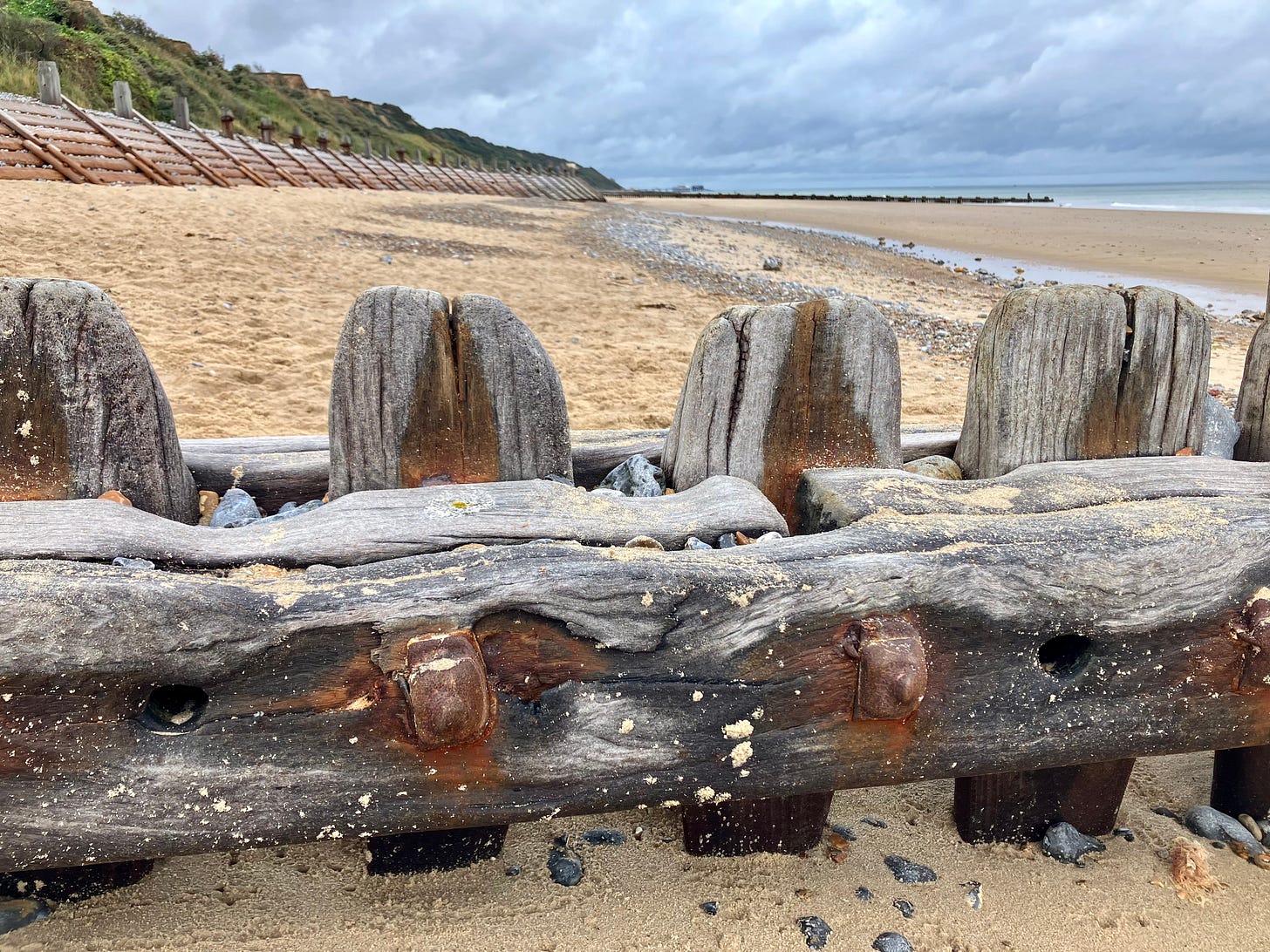
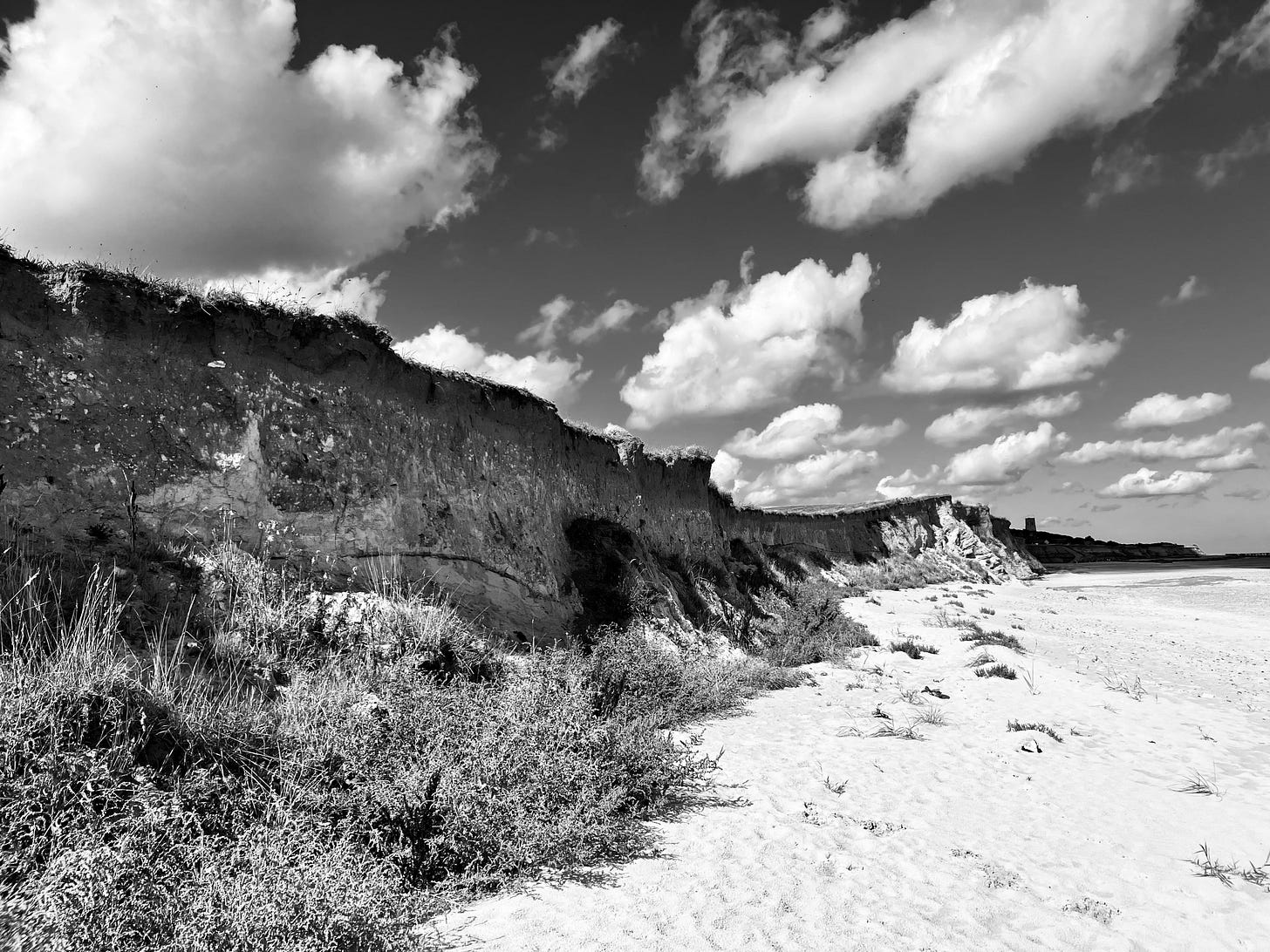
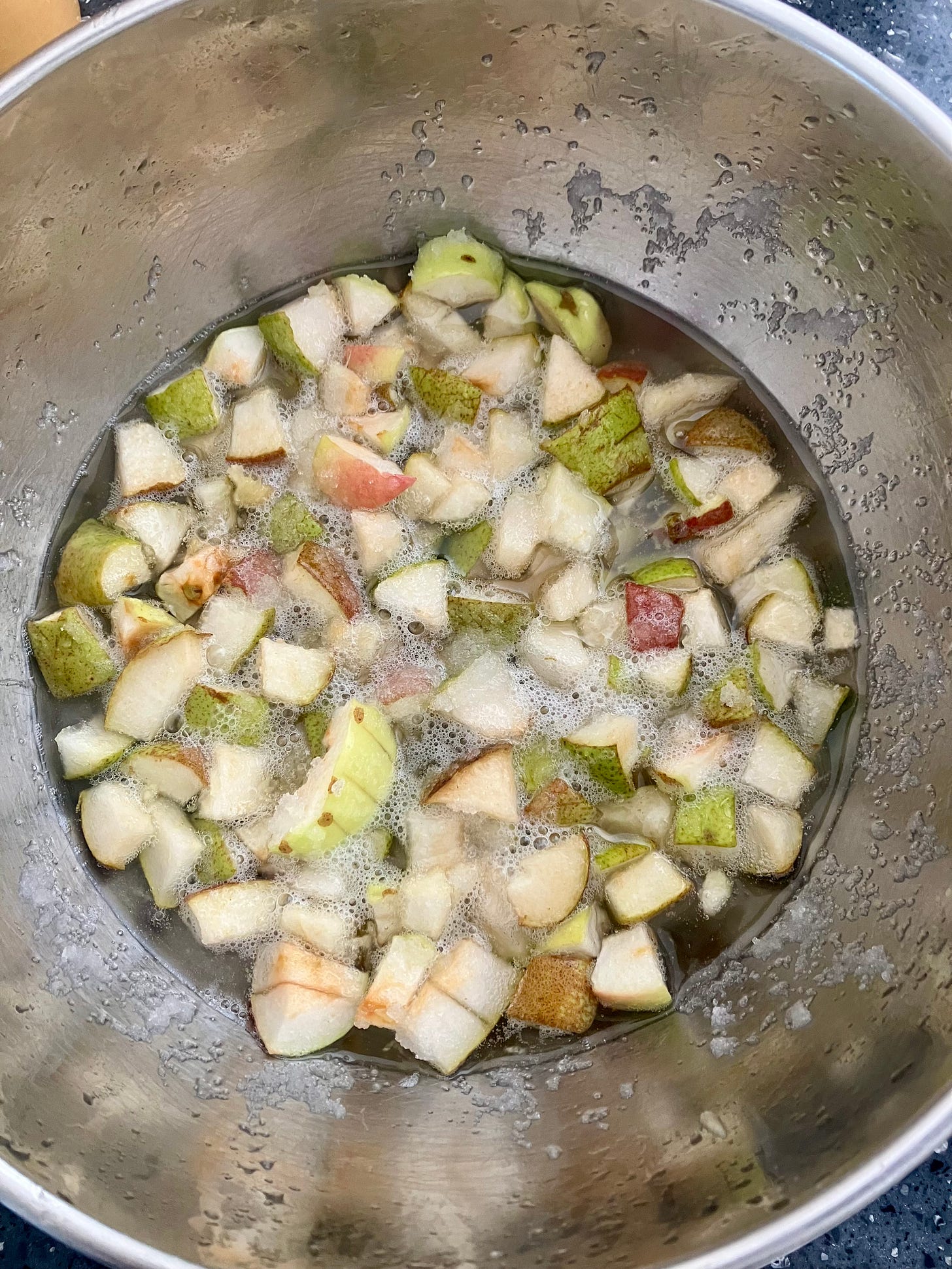
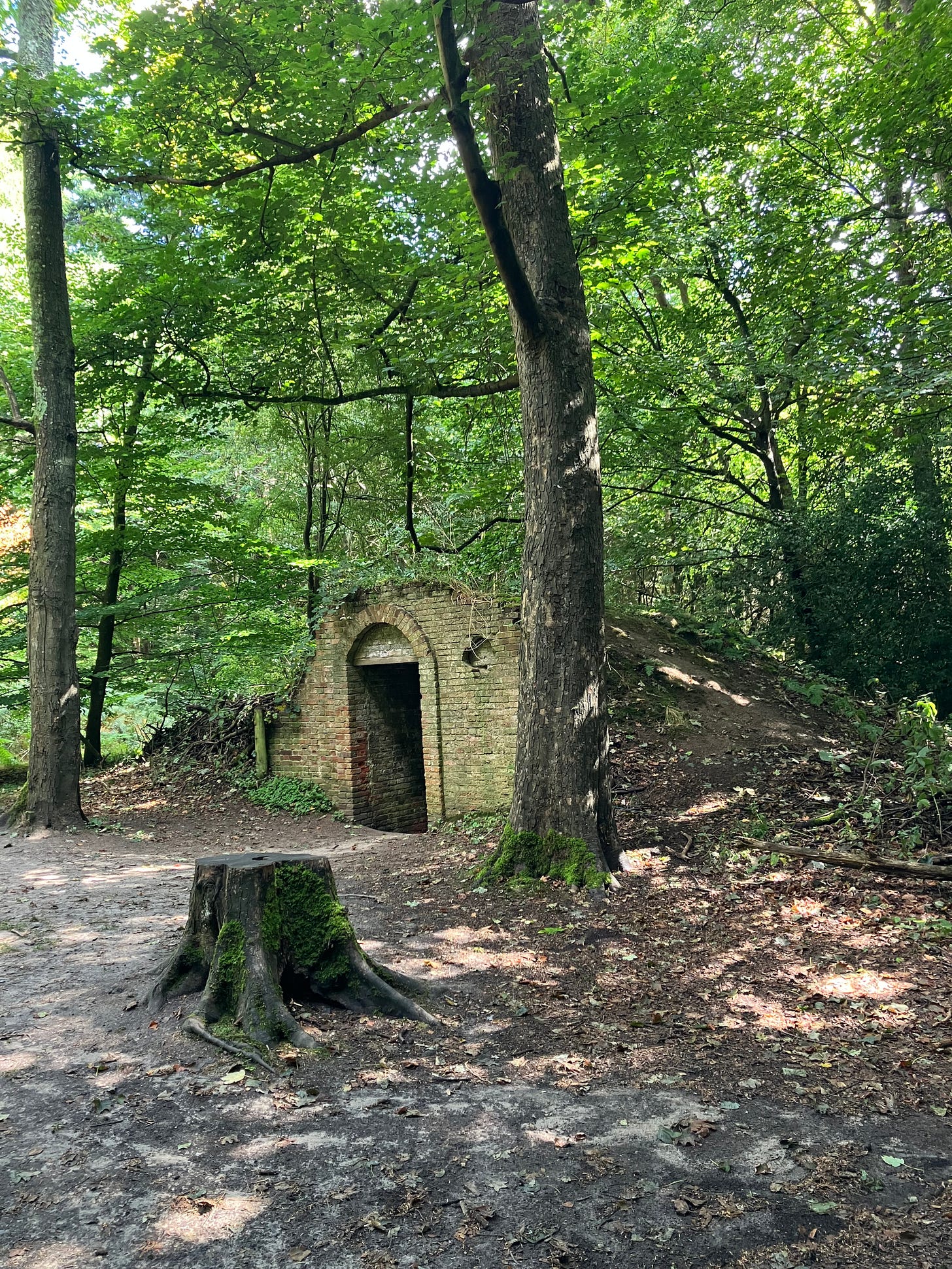
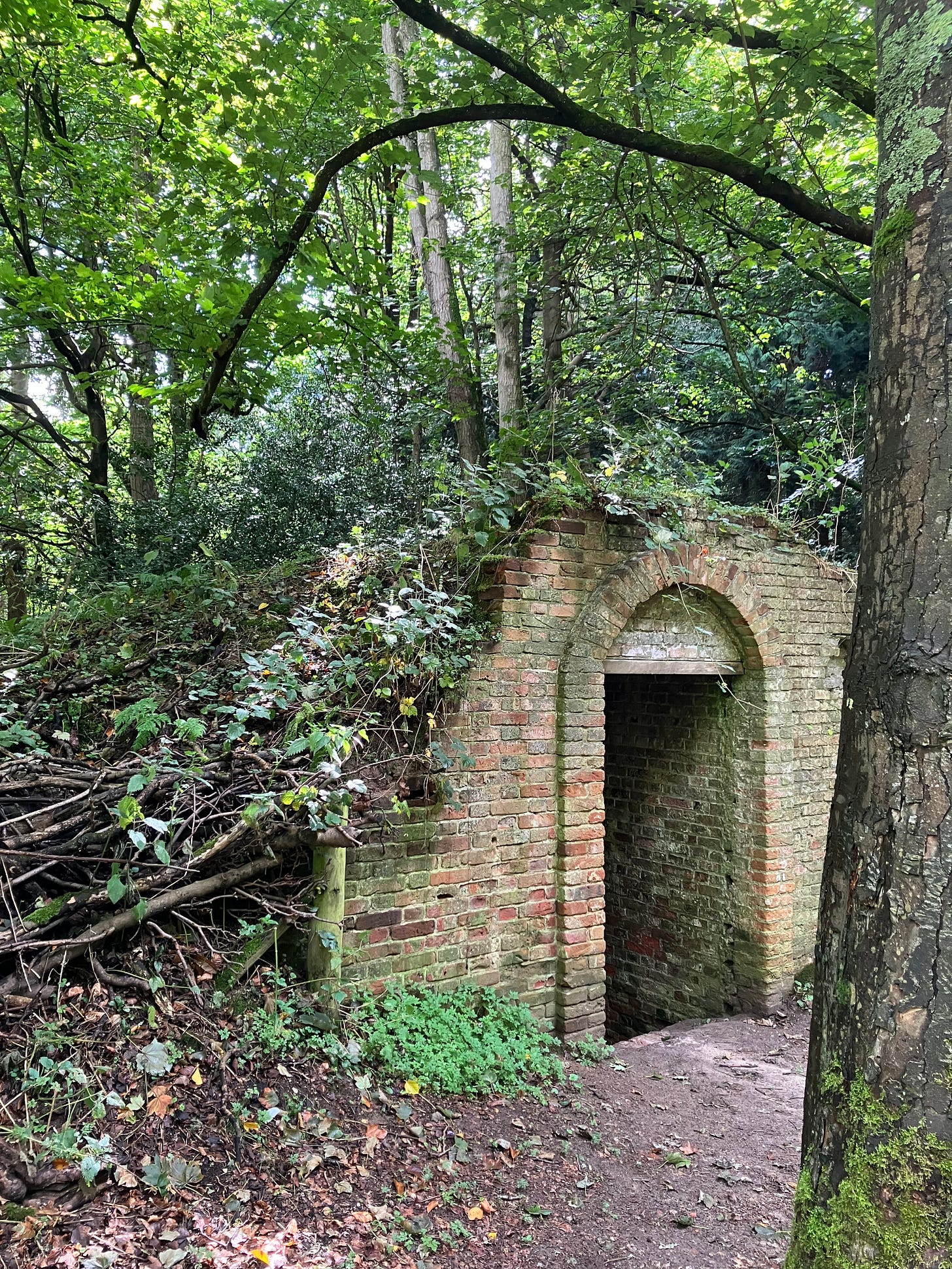
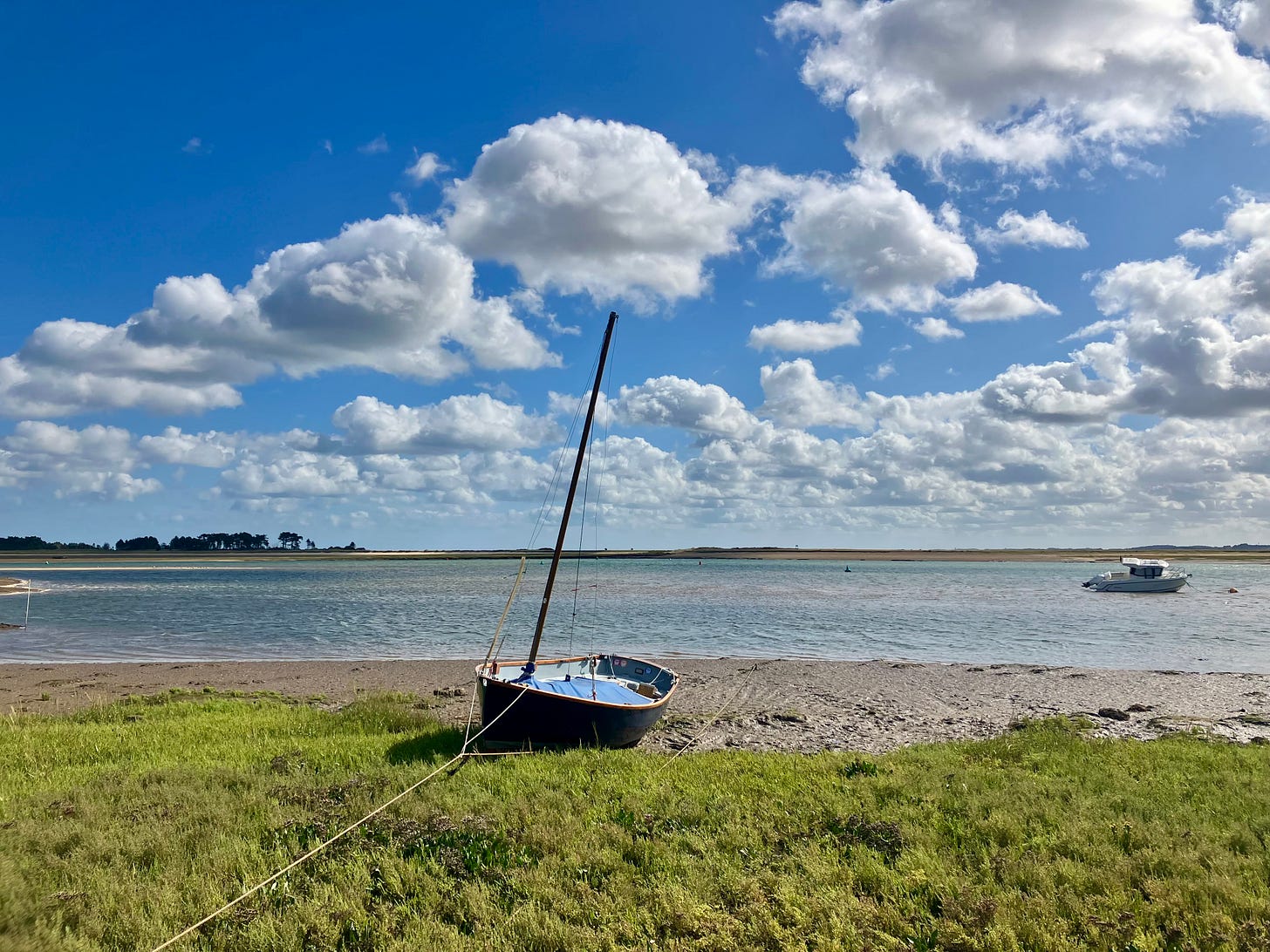
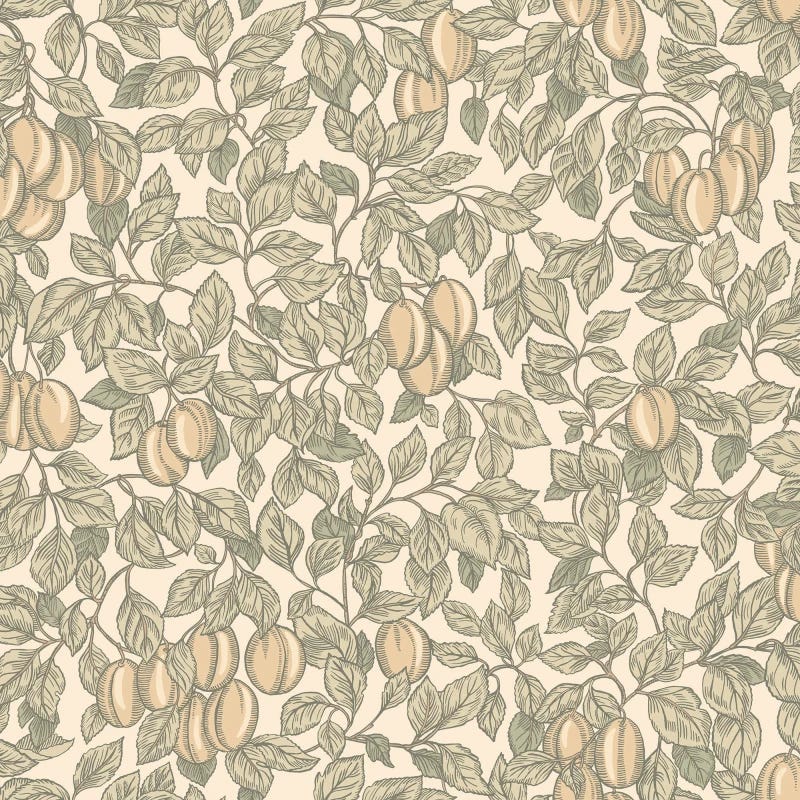
Thank you, I’m so glad you liked it! The icehouse in the woods is intriguing, with amazing brickwork. The National Trust posted some great pictures of the construction inside when they were doing a bat survey.
Thank you for a lovely trip to the coast. I didn't know about the icehouse at Felbrigg, a place I love, and what amazing construction it is!